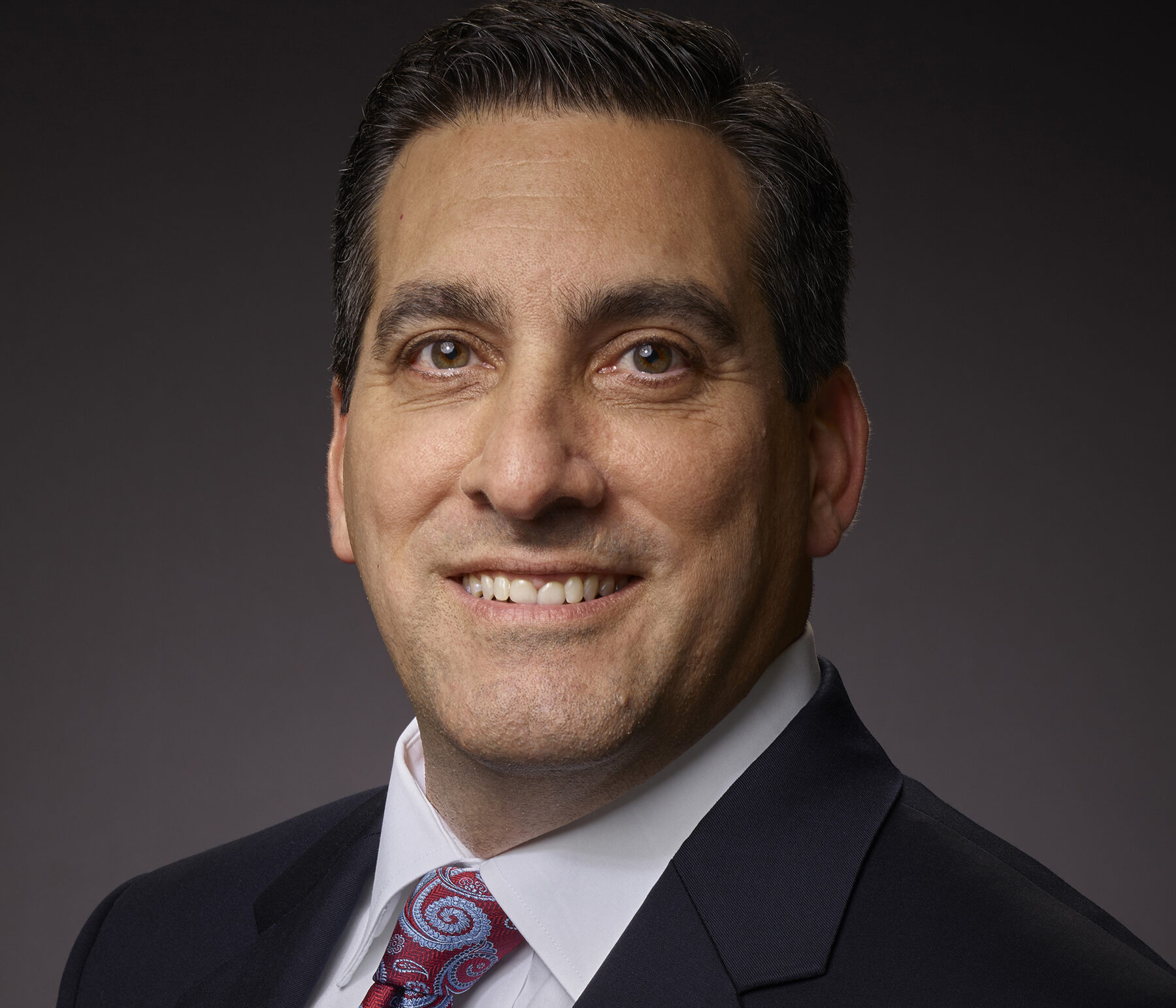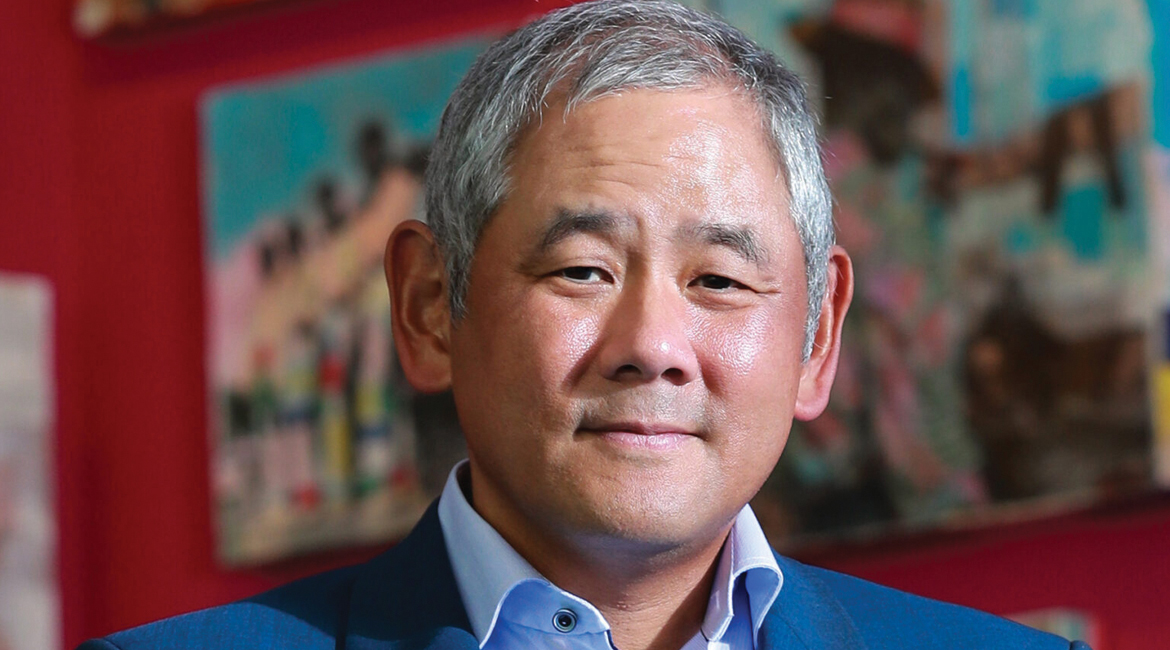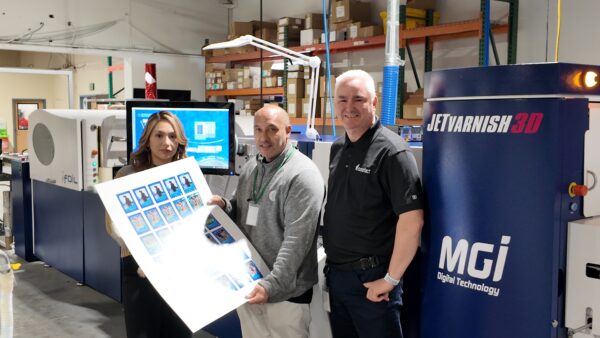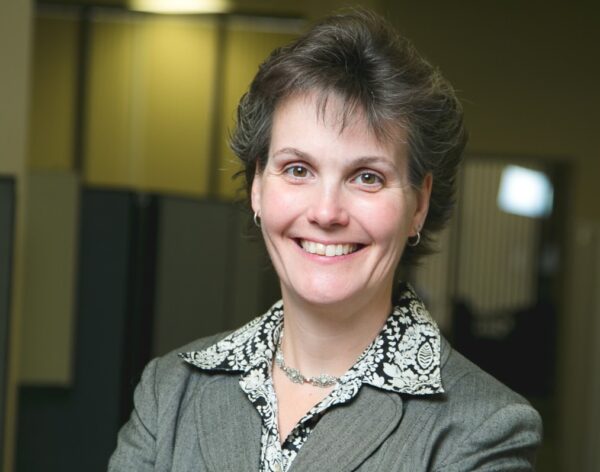Acutely aware of its recent challenges, the company is making the necessary adjustments.
Above: Patrick Banno
In the past, we have visited the major MFP manufacturers in Japan every four years, with our last trip in 2018. My first trip to Japan was as a young Marine in 1957. Since then, I have visited Japan on several occasions, either by invitation (six times) or on my own (10 times). Visiting our MFP manufacturers every four years gives us a great opportunity to learn about pending and future developments, R&D initiatives, trends, global conditions, and future business projections.
This year, we had to settle for a virtual visit as the effects of the pandemic continue to ripple across the globe and our own industry. You can read about our previous visits with Kyocera and Toshiba in our July/August and September issues, respectively. On deck this month is Konica Minolta.
With backorders a critical challenge for Konica Minolta dealers, much of our conversation with the OEM’s management team centered on its initiatives to address those issues. We interviewed Patrick Banno, Konica Minolta’s senior corporate vice president, business management and sales company management division for business technologies. He also leads the digital workplace digital transformation (DX) business headquarters in Japan. In our conversation with Banno, Sam Errigo, CEO of Konica Minolta Business Solutions U.S.A., joined in, allowing us to broaden the questions to address North America.
Frank: Given the damage caused to Konica Minolta by COVID-19, how long will it take for your revenues and profitability to recover?
Banno: From a supply-chain perspective, you are aware that semiconductor issues have affected our ability to maximize our manufacturing. This is probably going to last one more year. We are slowly recovering from the other causes that have hampered our production. The semiconductor vendors are making investments to help satisfy our demand. Another element is COVID itself, which affected our manufacturing sites. China has a zero-COVID policy. When threatened by a new variant, they may lock down the manufacturing sites. That is still a risk. Unfortunately, we will have to live with that risk until COVID becomes more like the flu. I believe that threat will decline in six months. In terms of customers, printing volume has gone down in the office globally. That will continue for a while, if not permanently. But print volume from production print has returned to 2019 levels and is increasing our commercial print business. This will compensate for the decline in office print volume to a certain extent. Within a year or so, that will even out, even if production print does not fully compensate for the loss of print in the office. We must accept that print volume in the office is not returning to pre-COVID levels.

Above: Sam Errigo
Errigo: The manufacturing levels are getting much better for us. We are ramping up production globally. That will have an impact on the backorder situation. The order rate is still extremely high despite all the doom and gloom. Globally, our European counterparts are experiencing the same thing. The number of requests is not necessarily at an all-time high, but there is pent-up demand.
Frank: What steps are you taking to satisfy demand?
Banno: We have diverted a lot of manufacturing to Malaysia for the short term. We receive many of our components from Chinese suppliers, so instead of having single suppliers for critical components, we are finding other suppliers to compensate for what’s lacking in China. Overall, we want to reduce our dependence on China.
Errigo: The Malaysia move was done pre-COVID, mainly to alleviate tariffs coming into the U.S. Another component is toner related. We have a toner bottling plant in the U.S. to produce products for the U.S. and Europe. We can produce bulk toner in Japan, get that to the U.S., and then, distribute it globally from here.
Frank: When will you be able to tell U.S. dealers you can clear up those backorders?
Errigo: We are making satisfactory progress, working tirelessly with Patrick and his team to get the product to the U.S. faster, including air-freighting products. That’s expensive, but we’ve been able to negotiate a more reasonable rate. We’ve diverted products into the Los Angeles port. And we are taking those products and delivering them directly to dealers. The other thing that is helping is the reduction in the backlog. In the original shipments to Los Angeles, we were running 80 days; we’re down to about 38 days. So as fast as Konica Minolta Inc. is shipping, along with this diversion process, it will allow us to get more product between now and the end of September. The same will apply to our Q3 (October to December). We should be in very good shape by the end of March, within two months/60 days.
Banno: We are fully aware that we need to get rid of those backorders very quickly. From August to January, we will increase OEM capacity manufacturing by 180%. That should show our dealers that we are trying to eliminate all backorders within this fiscal year by March 2023. The best way to ramp up manufacturing is to build a temporary line at a manufacturing site.
Frank: What are you doing to mitigate supply chain and chip-shortage issues?
Banno: For critical semiconductors, our executives are negotiating directly with the semiconductor producers. There are still some problems. It’s not like you take care of one supplier and you’re done because the other chip producers may have a problem and it creates pressure throughout the chain. We are attempting to get some safety stocks [increase chip inventory] compared to what we have done in the past. This way, if a shortage happens, we have chips stockpiled in our warehouse. In the past, we tried to minimize [the amount of chips] to reduce costs, but because there is so much at risk today, it is worth the cost to stockpile those critical components.
CJ: Looking ahead three to five years, what strategic initiatives are you working on?
Banno: We will continue MFP operations. We are seeing growth in production print and will increase the use of inkjet in more machines. That is a growing part of the business and continues to grow. Commercial printers are still printing, and the majority still use analog technology, which is declining. We are in an advantageous position to satisfy demand [for new technology]. We are also investing in IT services to increase synergy with our office customers, including managed IT and ECM/document management solutions. That effort is becoming more global. We want to do more with workflow and will provide customers with an enterprise solution. Another important area of growth is camera hardware for surveillance and other applications.
Errigo: The label business is one of the bright segments of our business. There are interesting things that we are looking at that utilize the camera. It’s all about workflow and integrating our unique camera-sensor technology with our IIM [Intelligent Information Management] and bringing that all together.
CJ: What are you doing to diversify your offerings, and where are you investing your R&D resources?
Banno: We are strong in health care. We still sell X-ray film. That business is stable and will continue to do well. We have developed a product called TAC film, which will be sold to a supplier of Samsung. Since we started as a camera company, we are good at measuring colors and are considered the best in that area. Color accuracy is very important. We are the leading vendor of that technology. We manufacture inkjet heads very profitably and sell them to other manufacturers. That is another B2B area that we will continue to invest in that will give us some stability and help us balance the lows and the roller-coaster effect caused by events we have no control over such as COVID.
Frank: You have a strong production-print line, and we believe it is a key area of your present and future business. Do you agree with that statement?
Errigo: Production is very, very important to help offset the decline in office volume—not 100% of it, but it is substantial. As it relates to our dealer channel, there are many dealers that don’t participate in production print. We want to assist our dealers to become more diverse. They must have something else that can be sold to existing customers and increase wallet share. If they do that, they will have a thriving business.
Frank: You acquired a line of textile printers five years ago and were set to release it in the U.S. The pandemic caused you to alter your plans. Are there any thoughts as to when you will be able to begin marketing that line in the U.S.?
Banno: Interestingly, many of the companies that use the textile printers are in China and Italy. Focusing on those two regions is the best way for us to go. Perhaps at some future date, we will make our textile line available in North America.
CJ: The early returns of our Survey reveal that some of your dealers are moving to other manufacturers as their primary source for A3 MFPs. What would you like us to tell those dealers to assure them that the actions you are taking will address the current problems they are experiencing?
Errigo: I’m on the phone with our dealers day-to-day. There was a concern about our ability to produce product. We have gone on record that we will continue to deliver the message of what’s happening. We did lose some market share, mainly due to our inability to produce, and some of our dealers picked up additional lines. We believe it is temporary. The business we lost last year, we have already regained this year. Our dealers are loyal to us, we have strong relationships, they trust us, and they are coming back for all the same reasons that they’ve been KM dealers for 20 to 30 years. It’s the level of support for our products and services that we have always provided. After that, we want to accelerate and take share. That’s what I focus most of my time on. I understand the frustration. At the end of the day, I believe we have strong relationships [with our dealers]. That comes from a lot of hard work and ensuring that we’re doing whatever we can to help our dealers.
Banno: It is true that we caused some damage to our customers with the supply shortage, but we’re catching up with backorders. We have fewer problems with supplies, logistics are coming back, and we are back in shape in terms of supplying our products. We have excellent people to sell and support those products. We will do our best to support them as we did in the past, and I am confident that we can offer what we should to our customers.
Errigo: The demand is astronomical. Here is what I believe will happen. You will see this huge surge, then there will be a lull/correction, and things will return to a steady state between January and March. January will be low, February will be bigger, and in March, we will experience a huge spike. I would love to have January through March at the same level. It’s much easier to manage the business and easier for the dealers if you could have products on demand, carrying—at the most—two months worth of inventory. I do not want dealers to have six months worth of inventory. We are going to see another surge cause them to fill their warehouses. That will be more than the normal business demand. Once we can provide products on demand, then dealers will feel more comfortable maintaining a lower level of inventory and be more profitable.
_________________________
To become a subscriber, visit www.thecannatareport.com/register or contact cjcannata@cannatareport.com directly. Bulk subscription rates are also available upon request and included in our media kit.





